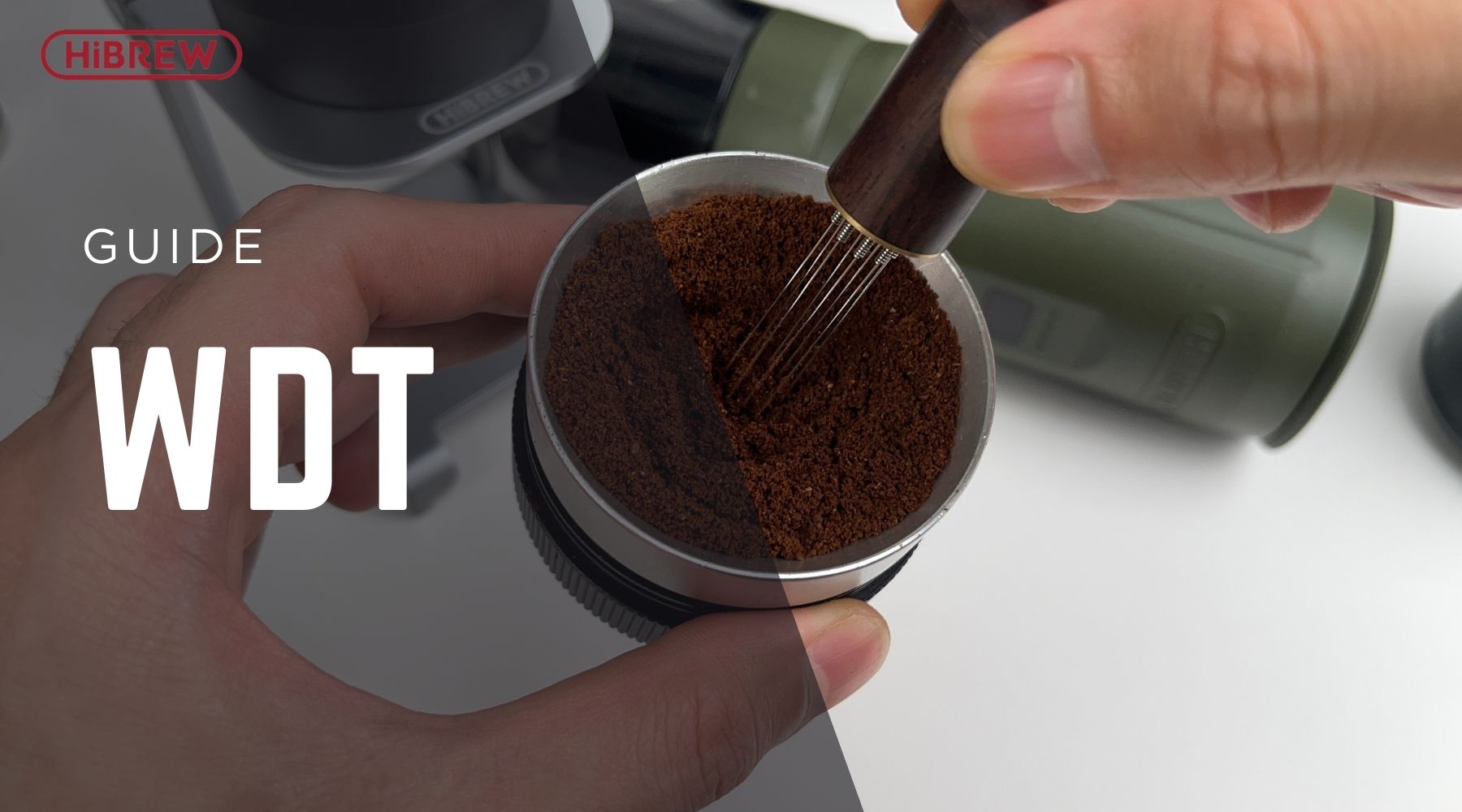RDT, or Ross Droplet Technique, is a simple method used by coffee enthusiasts to reduce static electricity when grinding coffee beans. It involves adding a tiny amount of water to coffee beans before grinding, which helps minimize static cling and improve the overall grinding process.
How to Perform RDT
Implementing RDT is straightforward and doesn't require any fancy equipment:
1.Spray Bottle Method: Lightly mist your coffee beans with a fine spray of water before grinding.
2.Spoon Method: Dip a spoon in water and stir it through your beans.
3.Finger Method: Wet your finger and stir it through the beans (not recommended for commercial use).
As long as you can add some moisture to the beans before grinding, the static created during the grinding can be efficiently reduced.

When to Use RDT
RDT is particularly useful in these situations:
- When using single-dose grinders without anti-static features
- In environments with low humidity (especially during winter months)
- When grinding very fine (espresso or Turkish)
- With high-speed grinders that generate more friction

Common Concerns and Best Practices
Will RDT Rust My Grinder?
Most modern coffee grinders use stainless steel burrs, which are resistant to rust. However, if you're unsure about your grinder's material, check with the manufacturer before using RDT. The minimal amount of water used (typically just a few droplets) shouldn't cause any damage to quality grinders.

How Much Water Should I Use?
The key is to use minimal water. You want just enough moisture to reduce static without affecting the grinding process or the flavor of your coffee.
Use Just Before Grinding
Apply RDT immediately before grinding. Avoid letting dampened beans sit for extended periods, as this can affect the freshness and flavor profile of your coffee.
Is RDT Necessary for All Coffee Grinders?
No, RDT isn't essential for every setup. Many grinders, especially commercial models, have built-in features to reduce static:
HiBREW G5: A Grinder Designed to Minimize Static
The HiBREW G5 coffee grinder features innovative design elements that significantly reduce the need for RDT, like the 15° tilt design and bellows. With its electrostatic elimination coating on the powder discharge pipeline, the G5 achieves almost zero residue and odor after grinding.

Other Grinder Types and RDT Needs
- Hand Grinders: Generally produce less static due to their lower RPM, but may still benefit from RDT when grinding for espresso or Turkish coffee (finer grinds).
- High-Speed Electric Grinders: Often generate more static electricity due to faster grinding speeds (1400+ RPM) and can benefit significantly from RDT.
- Commercial Grinders: Many incorporate plasma generators or other anti-static technologies.

Benefits of RDT
The Ross Droplet Technique offers several advantages for coffee enthusiasts and professionals:
- Reduced Static Electricity: RDT significantly decreases static buildup during grinding, preventing coffee grounds from clinging to grinder components or dispersing in the air.
- Better Dosing Accuracy: With less retention in the grinder, RDT allows for more precise dosing, especially beneficial for single-dose grinding.
- Mess-free Countertop: By minimizing static, RDT reduces mess and waste, making the grinding process cleaner and more efficient.
The Science Behind RDT
Recent research titled "Moisture-controlled Triboelectrification during Coffee Grinding" has provided scientific evidence for RDT's effectiveness. The study found that coffee grounds acquire a net-negative charge when beans have a moisture content below 2%, and introducing moisture significantly reduces surface charging on the grounds within the grinder.
Beyond static reduction, RDT can affect particle size distribution and flow rate, particularly in darker and espresso roasts. Some research suggests that RDT prevents the formation of "electroclumps," ensuring a more even distribution of ultra-fine particles.
Conclusion
While RDT can be a helpful technique for managing static in coffee grinding, it's not a universal necessity. Many modern grinders, especially commercial models, have built-in features to address static issues. For home brewers dealing with static problems, RDT offers a simple, accessible solution that can improve the grinding experience.
Remember, the goal of coffee preparation is to enjoy a great cup. If RDT helps you achieve that with less mess and frustration, it's worth incorporating into your routine. If your current setup works well without it, there's no need to change your process.




Dejar un comentario
Todos los comentarios se revisan antes de su publicación.
Este sitio está protegido por hCaptcha y se aplican la Política de privacidad de hCaptcha y los Términos del servicio.